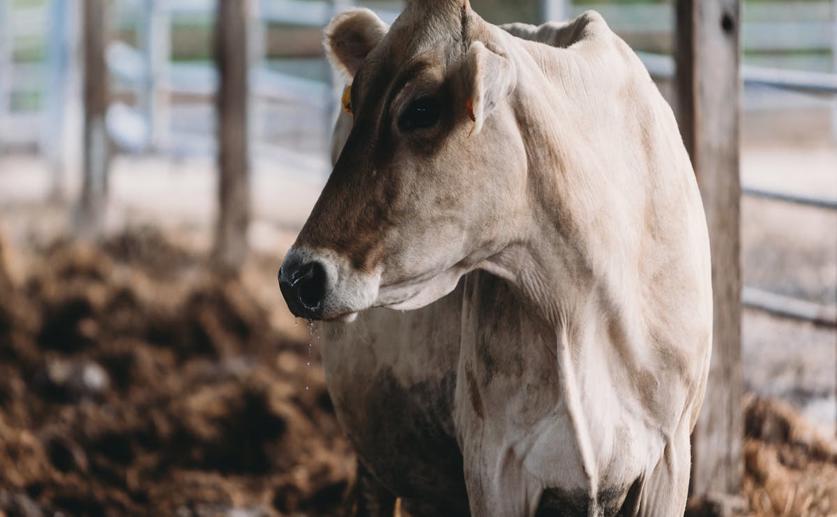
Genetic Study Uncovers Diversity and Evolution in Beef Cattle
Greg Howard
6th June, 2024

Image Source: Steven Van Elk (photographer)
Key Findings
- The study sequenced the genomes of 21 new Qinchuan cattle (QNC), 20 ancestral Qinchuan cattle (QCC), and 19 Zaosheng cattle (ZSC) to explore genetic diversity and selection
- Qinchuan cattle have undergone significant genetic changes due to artificial selection, improving traits like body size, meat quality, and feed efficiency
- Key genes related to growth, immunity, and adaptability, such as PLCD3, MB, PPARGC1A, CD5, and SMARCA2, were identified, which could enhance future cattle breeding programs
References
Main Study
1) Genome-wide analysis reveals genomic diversity and signatures of selection in Qinchuan beef cattle
Published 5th June, 2024
https://doi.org/10.1186/s12864-024-10482-0
Related Studies
2) Genome-wide analysis reveals the effects of artificial selection on production and meat quality traits in Qinchuan cattle.
3) Assessing genomic diversity and signatures of selection in Jiaxian Red cattle using whole-genome sequencing data.



 23rd May, 2024 | Greg Howard
23rd May, 2024 | Greg Howard